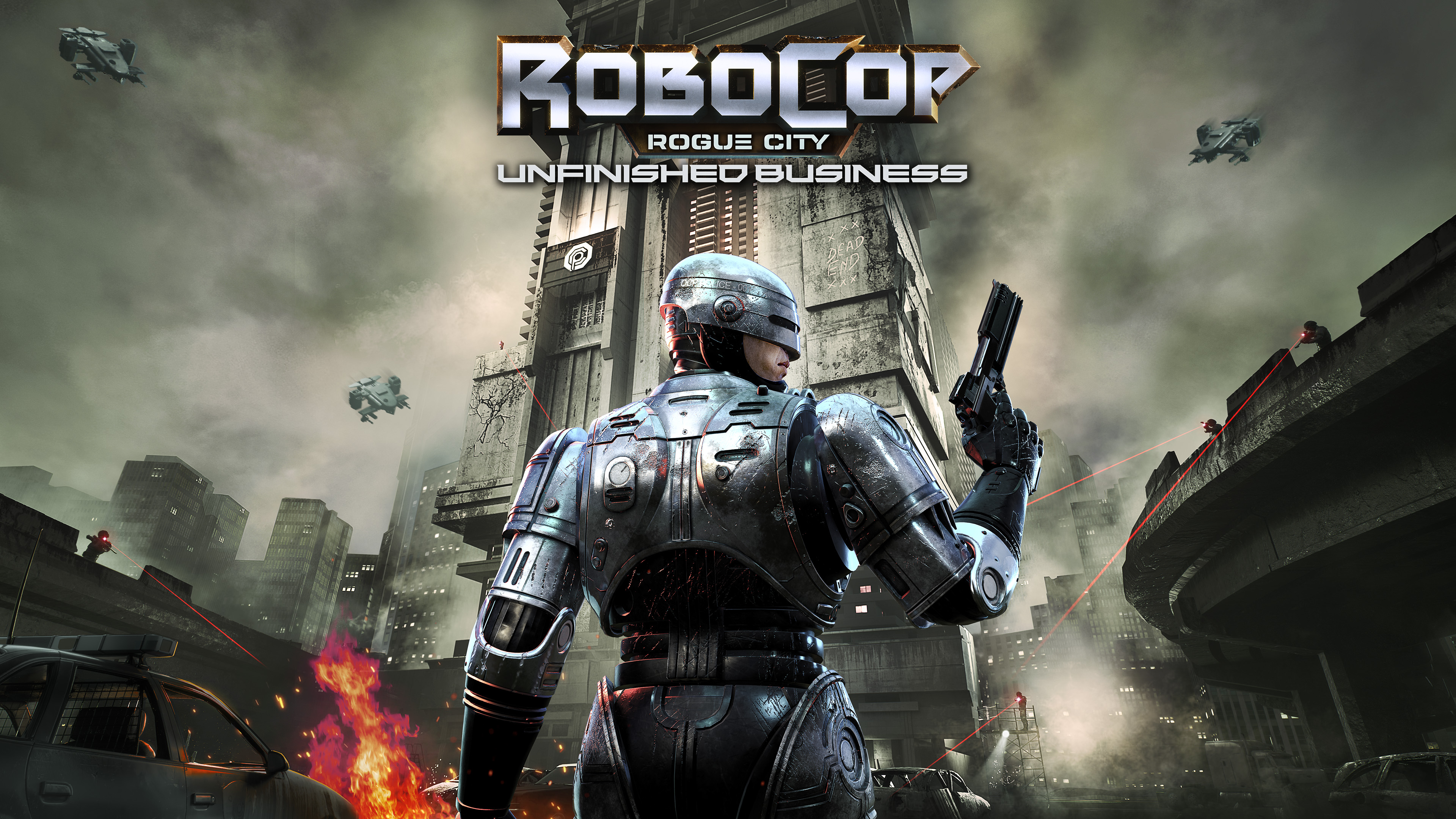Adobe is launching this surreal AI video campaign and wants you to edit its unfinished film. It's like they want us to bring some creativity into a project that’s already kind of there but not really. Not sure what exactly to add, but I guess it could be fun—or maybe just another task to put off. Anyway, if you feel like diving into the whole editing thing, go for it. Just another day in the world of digital art, I guess.
#Adobe #AIVideo #VideoEditing #CreativeCampaign #SurrealArt
#Adobe #AIVideo #VideoEditing #CreativeCampaign #SurrealArt
Adobe is launching this surreal AI video campaign and wants you to edit its unfinished film. It's like they want us to bring some creativity into a project that’s already kind of there but not really. Not sure what exactly to add, but I guess it could be fun—or maybe just another task to put off. Anyway, if you feel like diving into the whole editing thing, go for it. Just another day in the world of digital art, I guess.
#Adobe #AIVideo #VideoEditing #CreativeCampaign #SurrealArt











